There’s a lot of debate about AI art generators, but I’ve used MidJourney to bring my ideas to life before. This time, I wanted to see how it would depict common mental health conditions through art. Many people, including myself, struggle to describe what their mental health conditions feel like. So, I gave MidJourney a simple prompt to visualize these conditions. The results were surprisingly insightful and powerful, offering a unique perspective on how these conditions might look in artistic form.
Narcissistic Personality Disorder

Narcissistic personality disorder is when a person thinks they are much more important than everyone else and wants others to pay a lot of attention to them and admire them all the time. They often don’t notice or care about other people’s feelings.
Borderline Personality Disorder
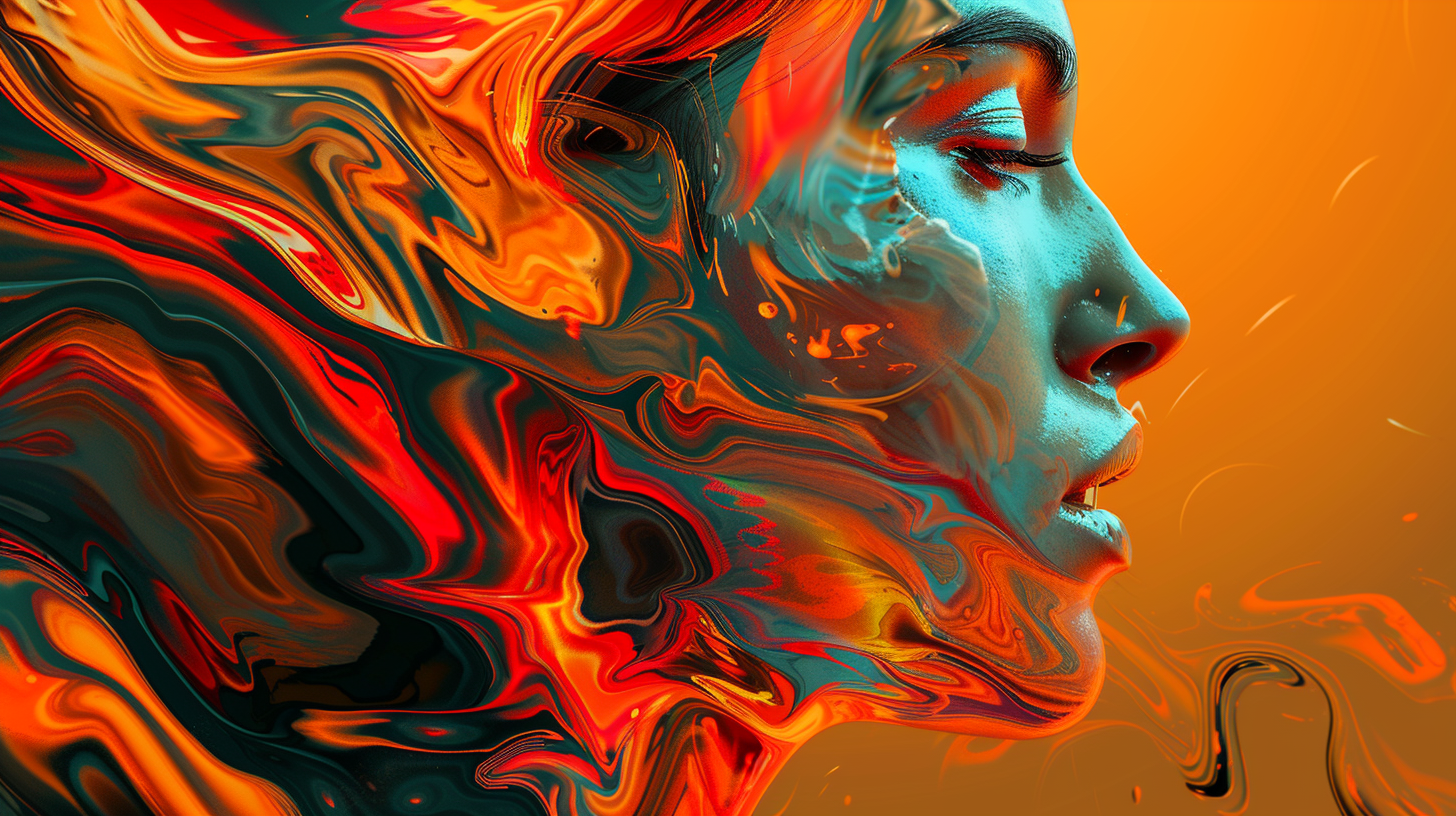
Borderline personality disorder is a mental health condition where people have unstable feelings about themselves and struggle in relationships. They often act without thinking and fear being alone, which can cause intense mood swings and anger. This condition starts in early adulthood and may improve over time, but problems with self-image and fear of abandonment may continue.
Panic disorder
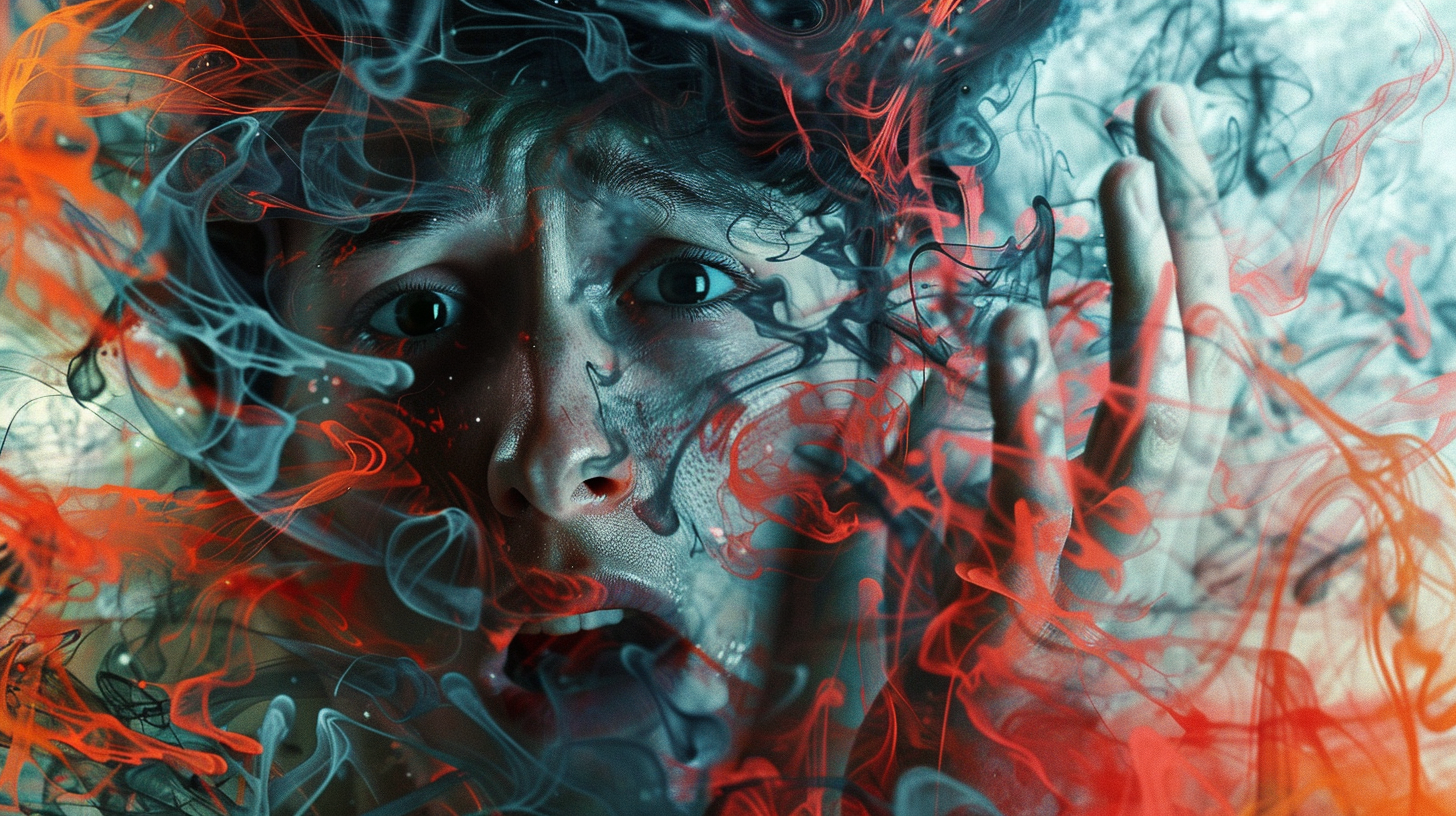
Panic disorder is a condition where someone has frequent panic attacks without a clear reason. These aren’t just the normal worries or scares that everyone has from time to time; they happen often and can come out of nowhere. People with this disorder feel very anxious and stressed more regularly than others.
Psychosis

Psychosis is an experience and a symptom of a variety of mental health conditions, where a person sees or understands reality very differently from others. It’s like they’re ‘losing touch’ with what’s real. People with psychosis may hear or see things that aren’t there (hallucinations), believe things that aren’t true (delusions), and their thoughts and speech can be jumbled, according to mental health charity, MIND.
Obsessive Compulsive Disorder
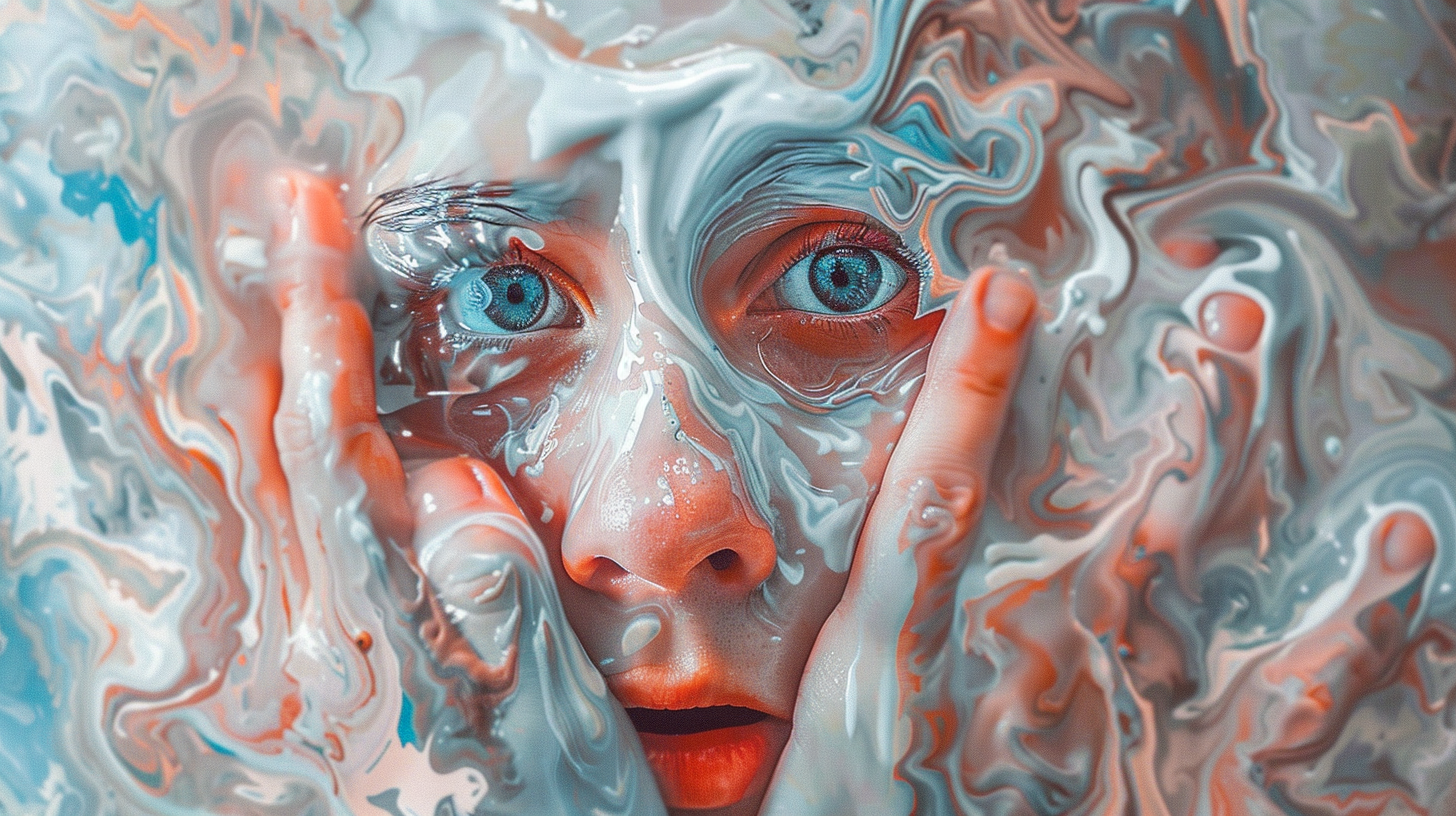
The Mayo Clinic describes obsessive-compulsive disorder as constant unwanted thoughts (obsessions) that lead to repetitive behaviors (compulsions). These compulsions are performed to reduce anxiety but create a distressing cycle that interferes with daily life. Common OCD themes include fear of germs, prompting excessive actions like constant hand-washing.
My own OCD used to present itself with lots of handwashing, repetitively checking I’d locked the doors or turned off the oven, and always having to step twice on the middle stair of the staircase in my house.
Schizophrenia
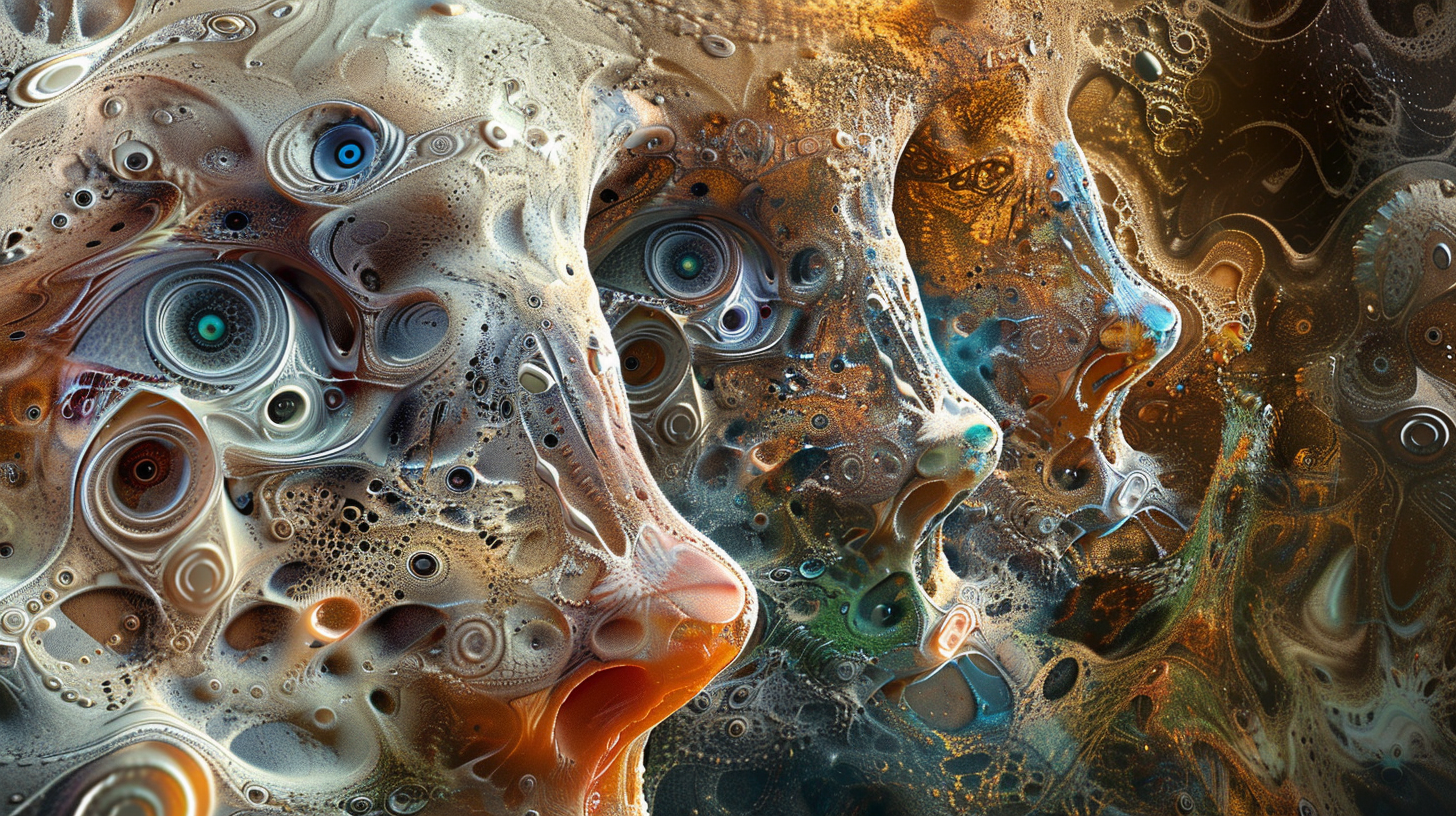
According to the American Psychiatric Association, schizophrenia is a long-term brain disorder seen in less than 1% of the U.S. population. It causes delusions, hallucinations, disorganized speech, and issues with thinking and motivation when active. Most symptoms can improve significantly with treatment, reducing the chances of recurrence.
Post-Traumatic Stress Disorder
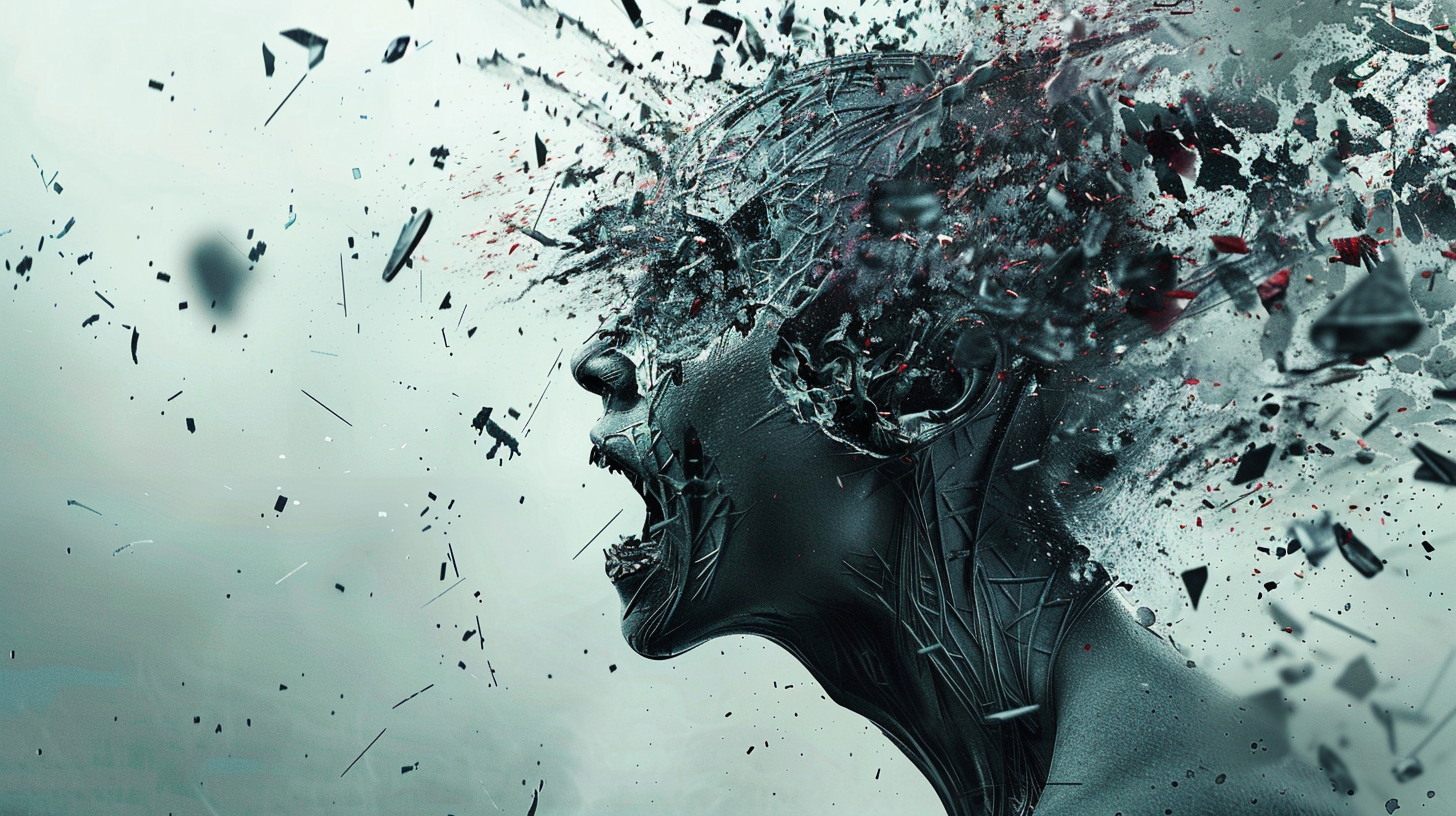
The Mayo Clinic describes post-traumatic stress disorder as a mental health issue that develops after experiencing or seeing a terrifying event. Symptoms include flashbacks, nightmares, severe anxiety, and persistent thoughts about the event.
Anxiety
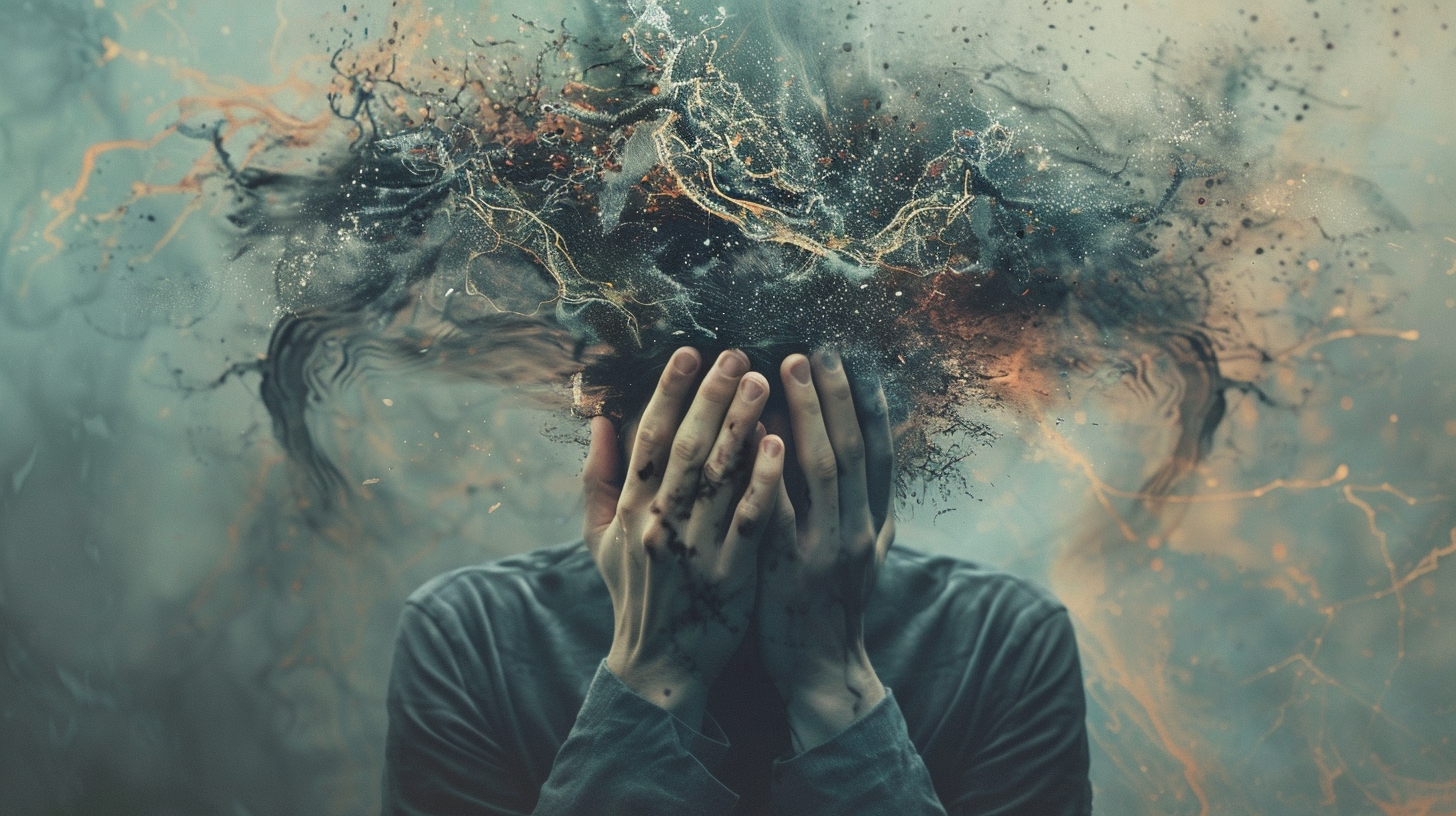
Generalized anxiety disorder, according to the APA, is marked by ongoing, excessive worry that disrupts daily life. Symptoms include restlessness, fatigue, trouble concentrating, muscle tension, and sleep issues. The anxiety often relates to everyday concerns like work, family health, or routine tasks.
Bipolar Disorder
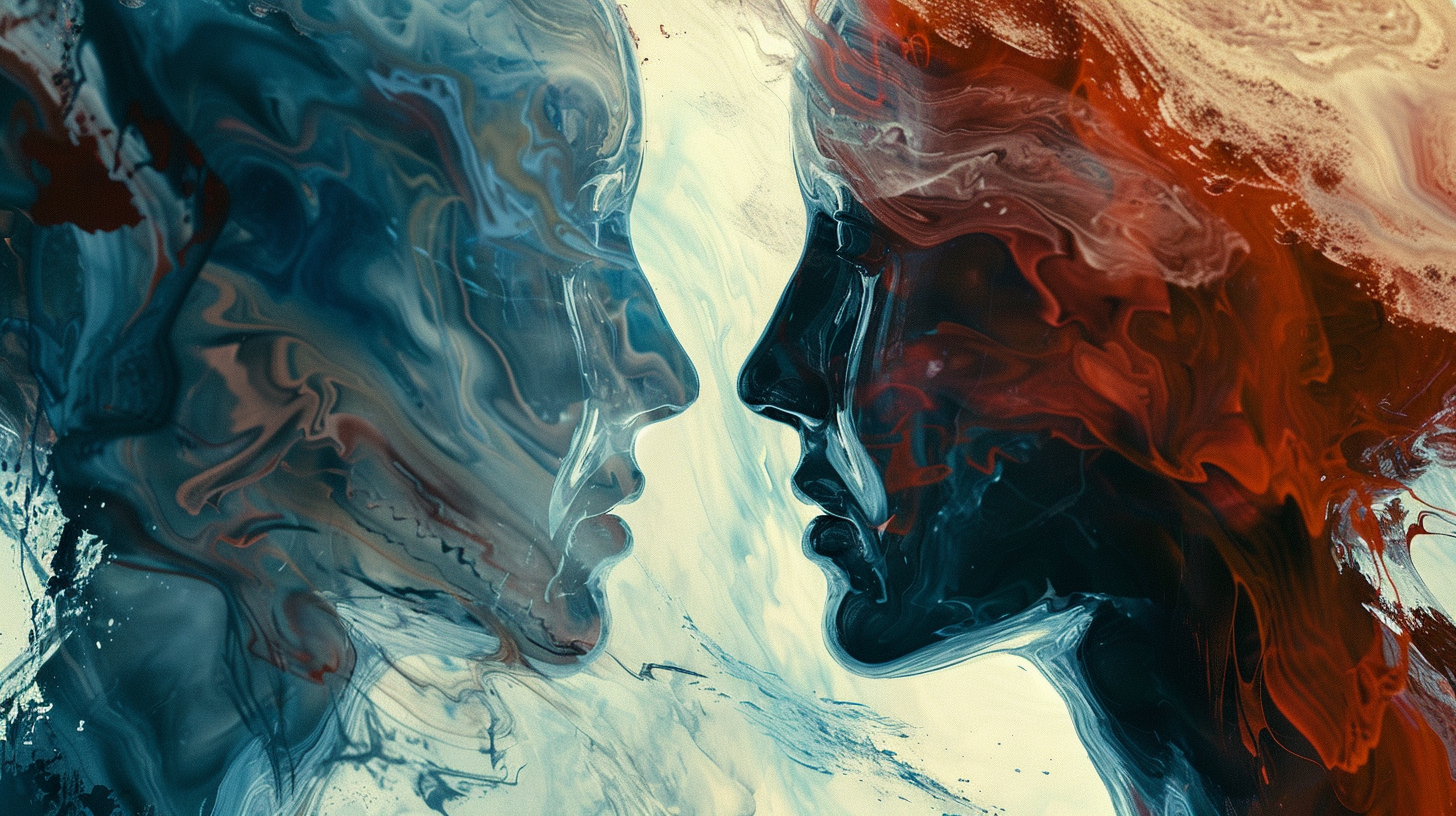
The National Health Service explains that bipolar disorder, once known as manic depression, is a mental health condition causing extreme mood swings. Symptoms include depressive episodes, where one feels low and lethargic, and manic phases, where one feels high and hyperactive. These episodes are not just mood swings; they can last for weeks or more.
Depression

Depression, also known as major depressive disorder, is a serious mood disorder that consistently makes you feel sad and uninterested in life. The Mayo Clinic explains that it goes beyond normal sadness, affecting your thoughts and behaviors, and can cause emotional and physical issues, making daily tasks feel overwhelming. Unlike ordinary mood swings, depression is persistent and may need long-term treatment to manage.